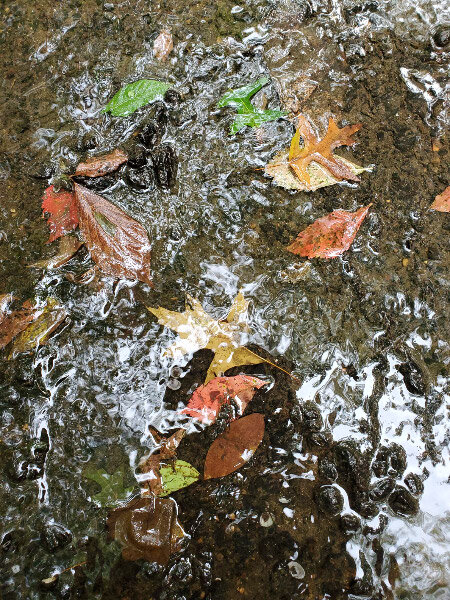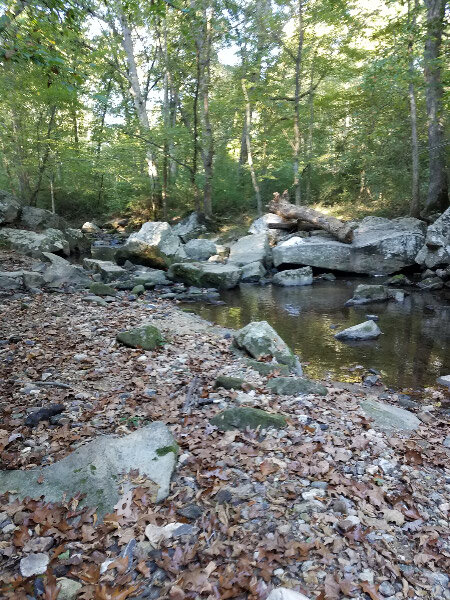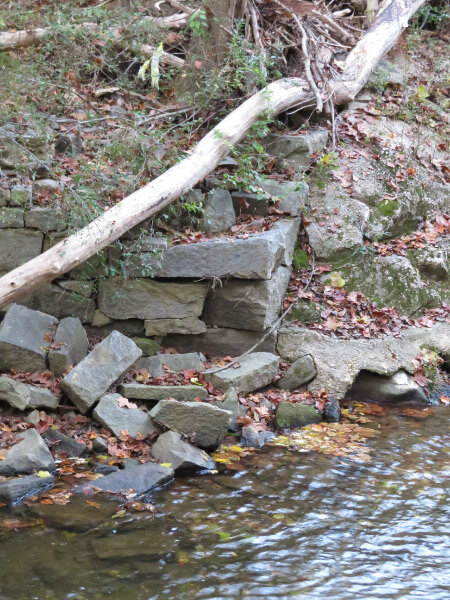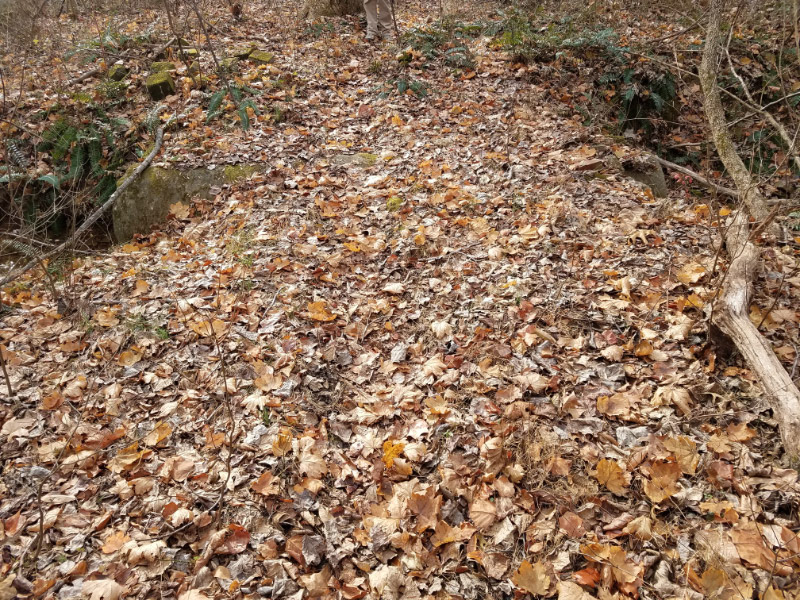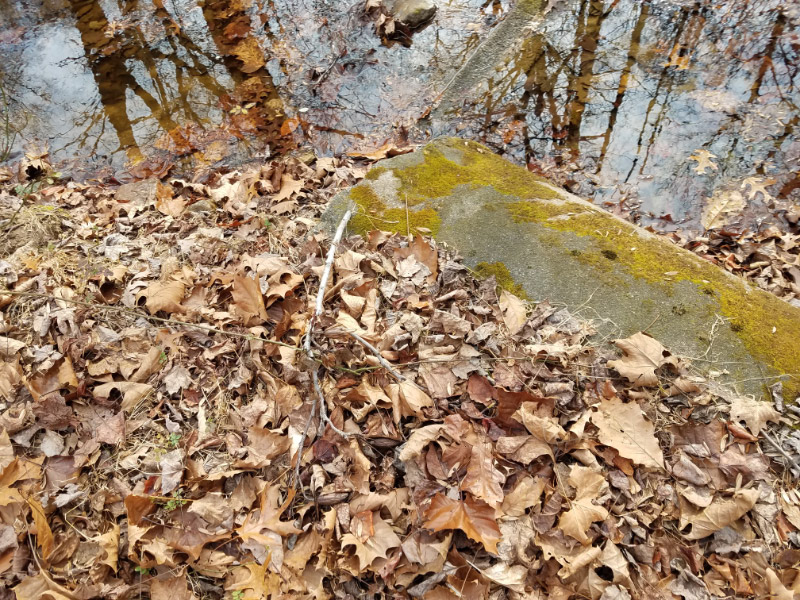Near the Little Patuxent River
/On a recent morning – I headed out to the stream that flows under Broken Land Parkway from Lake Elkhorn just before it joins the Little Patuxent River for a volunteer gig – guiding a stream survey done by high school students. Near the bridge that crosses the stream on the Patuxent Branch Trail, there was muddy trail (poison ivy on each side…glad I had on long pants and high boots) to allow access down to stream. We set up our gear around three tables. There was not much dry area to set them up but the water was shallow. A partner and I guided 10 students to collect and ID macroinvertebrates from one of the tables while other volunteers did the same at two others. We had about 45 minutes….and then we got another group of 10 to do it again.
I took some pictures before and after the students arrived. The steam has a lot of vegetation on the banks but the stream has been eroded - with some trees toppling over from being undercut by rapidly moving water. It is in an area where there is a lot of impervious surface. When it rains – the water rushes down to the stream where it carries away anything in the eroded channel; there is no connection to a flood plain that to slow down the water. It doesn’t take long for it to run off further downstream because we are in the Pediment rather than the Coastal Plain (i.e. there is always an incline for the water to follow).
The water quality was ‘very poor’ based on the types of macroinvertebrates that we found…however – we found quite a few of the types we found. The stream is not dead. Life holds on tight in this suburban stream.



